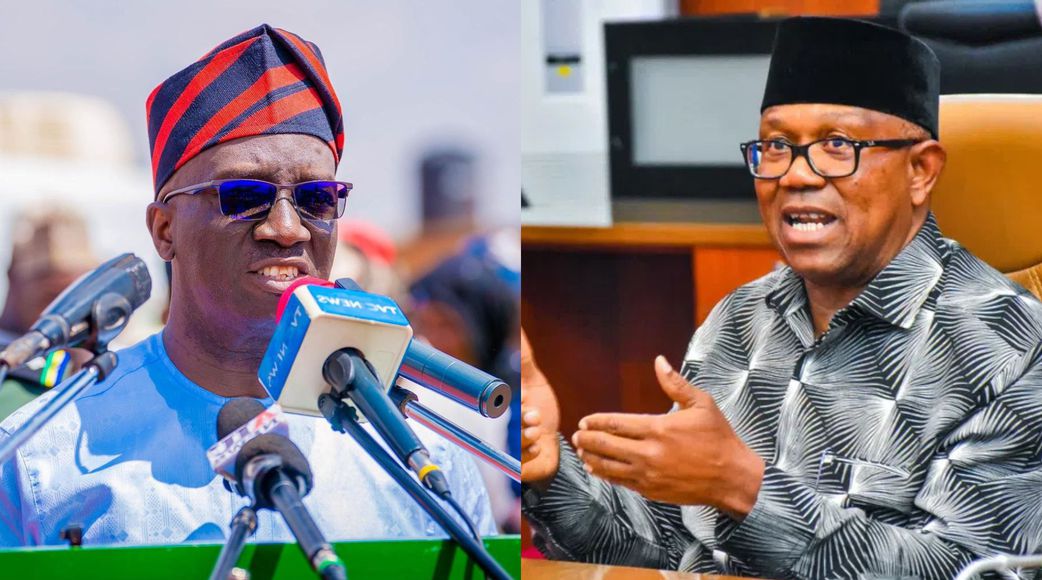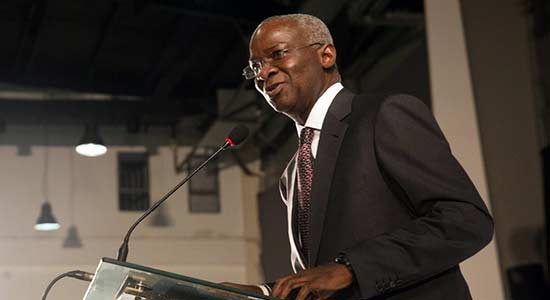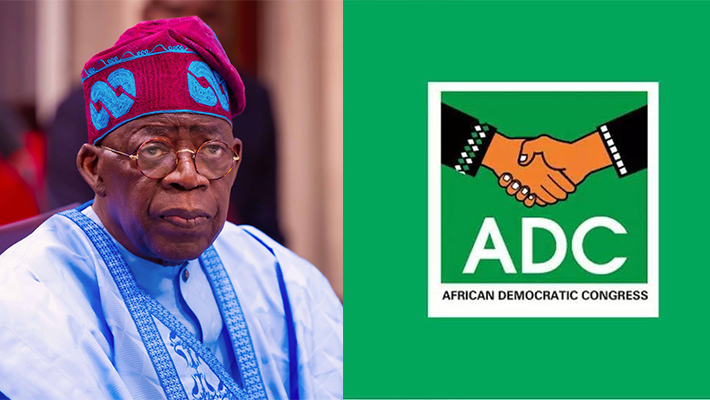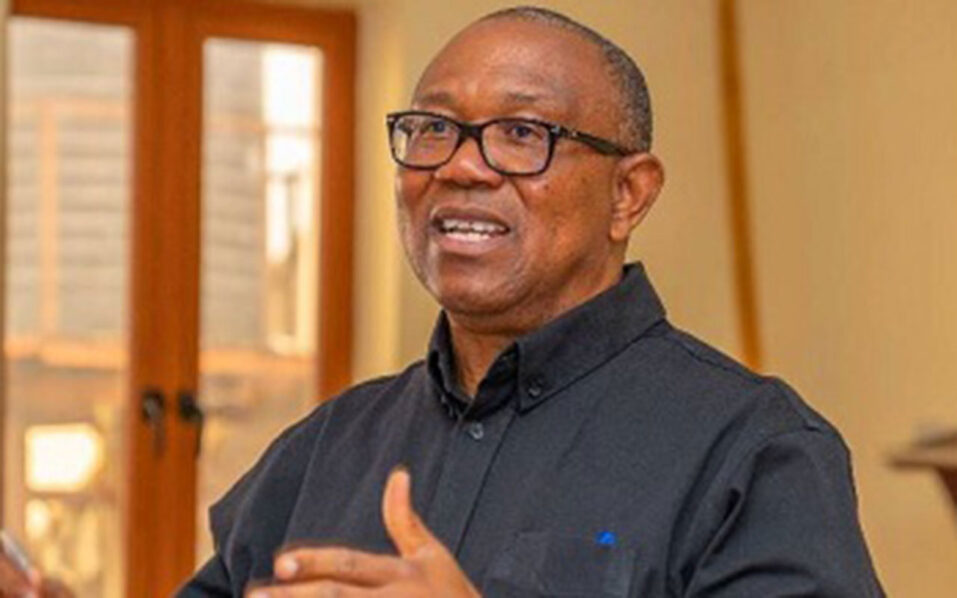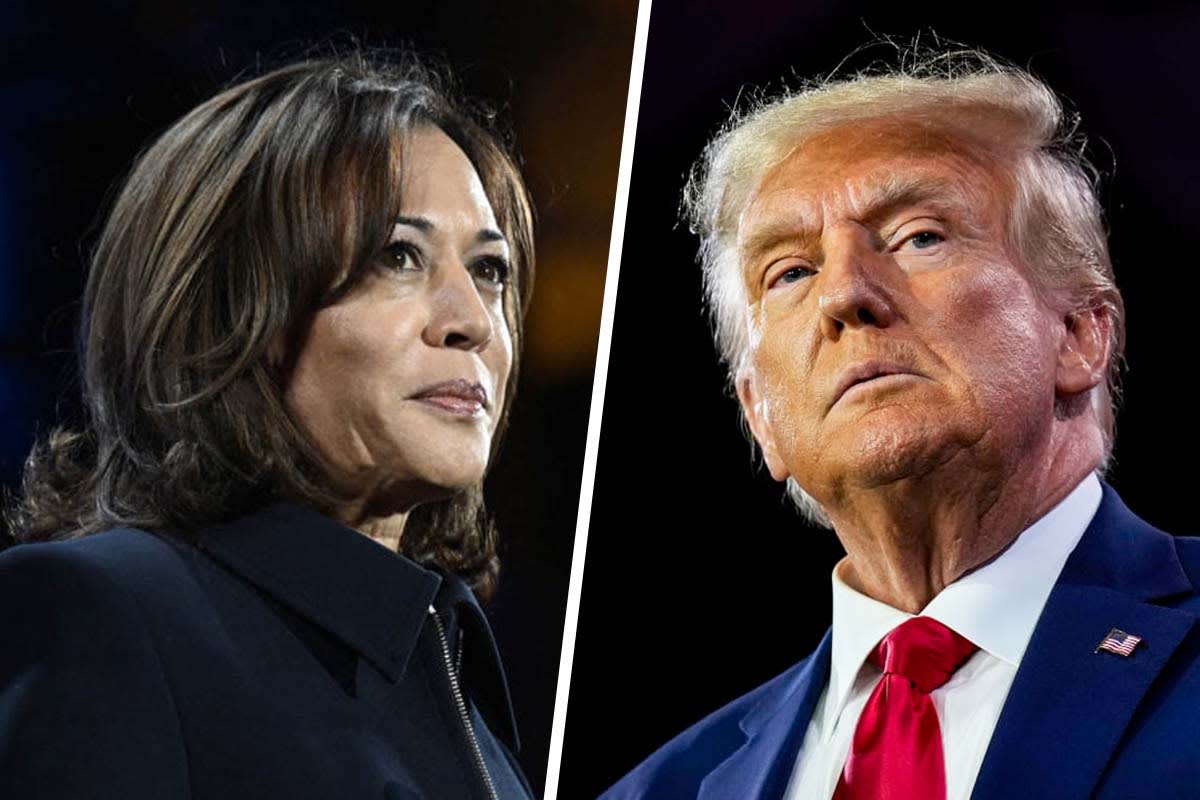With less than two weeks until the U.S. presidential election, polling averages reveal a tight race between Vice President Kamala Harris and former President Donald Trump in key battleground states.
To secure the presidency, a candidate needs 270 of the 538 available electoral votes. These votes are allocated to states based on population, and the race is particularly intense in seven crucial swing states: Pennsylvania (19 electoral votes), North Carolina (16), Georgia (16), Michigan (15), Arizona (11), Wisconsin (10), and Nevada (6). Together, these states hold 93 electoral votes, which could determine the outcome of the election.
According to FiveThirtyEight’s polling tracker as of Wednesday, Harris leads in national polls by 1.9 percentage points. A Washington Post poll released Monday showed both Harris and Trump tied, with 47 percent of registered voters supporting each. Meanwhile, a Reuters/Ipsos poll from Tuesday gave Harris a slight edge at 46 percent to Trump’s 43 percent.
While Harris leads in the national popular vote, it is the Electoral College that ultimately decides the election winner. In the 2020 election, President Joe Biden secured victory with 306 electoral votes to Trump’s 232, despite a narrower 4-point margin in the popular vote. A closer national vote margin in 2024 could favor Trump, as past elections have seen candidates win the presidency while losing the popular vote, most notably Trump in 2016.
Current polls indicate that Trump holds a small lead in Georgia, Arizona, and North Carolina, while Harris is marginally ahead in Michigan, Wisconsin, and Nevada. Pennsylvania remains a virtual tie, with less than half a percentage point separating the two candidates. Given the razor-thin margins, any small shift in voter support could tip the election either way.
The stakes are particularly high in states like Georgia and Arizona, which flipped from Republican to Democratic in 2020. Trump currently holds narrow leads in both states, but polls suggest a highly competitive race.
Public trust in polling has diminished in recent election cycles due to notable inaccuracies. Pollsters underestimated Trump’s support in both the 2016 and 2020 elections, and during the 2022 midterms, they overestimated Republican performance. This lingering uncertainty has raised questions about the reliability of current predictions.
As the election draws near, all eyes are on the swing states where even the smallest shifts could decide the next president.




